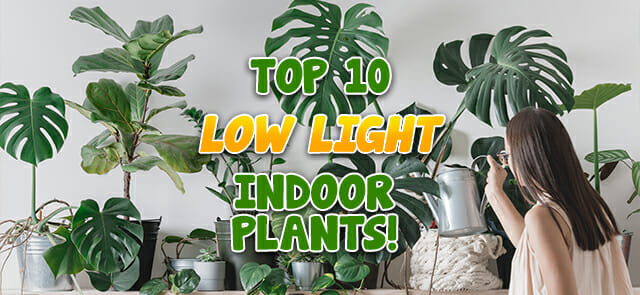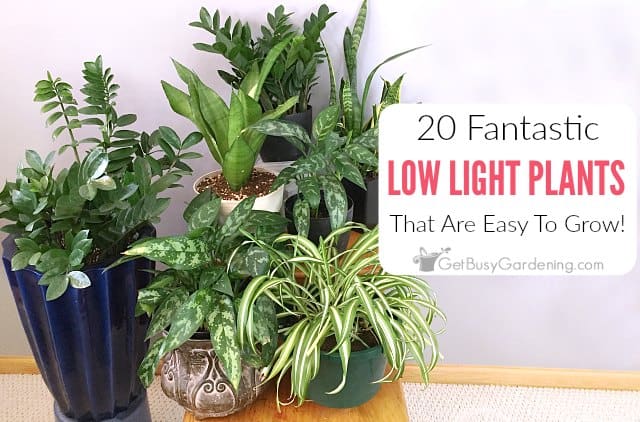Top Picks for the Best Low-Light Indoor Plants to Brighten Your Room
Top Picks for the Best Low-Light Indoor Plants to Brighten Your Room
Blog Article
Transform Your Home With Beautiful Low-Light Indoor Plants and Their Benefits
Incorporating low-light interior plants into your home can dramatically enhance both the aesthetic and environmental high quality of your space. These plants, which grow in dark conditions, offer not just as decorative aspects however likewise as all-natural air purifiers, making them excellent for metropolitan dwellers or those with restricted sunlight exposure. As we check out the different kinds of low-light plants and their benefits, you might discover unexpected ways to integrate them right into your home that can transform your environments in methods you could not have prepared for.
Benefits of Low-Light Plants
Low-light plants offer numerous advantages for indoor environments, making them an outstanding selection for both newbie and knowledgeable garden enthusiasts. One of the key benefits is their adaptability to low-light problems, allowing individuals to boost their space without the requirement for considerable sunshine direct exposure. This characteristic makes them perfect for homes, workplaces, and other locations with limited all-natural light.

Moreover, integrating low-light plants right into home decoration can elevate the aesthetic allure of an area. Their lavish vegetation and varied textures develop a relaxing ambience, contributing to overall wellness. The presence of greenery has actually been connected to decreased stress and anxiety levels and improved performance, making low-light plants a functional selection for boosting both psychological and physical wellness in indoor setups.
Leading Low-Light Indoor Plants
While lots of indoor plants grow in bright light, several species are especially fit for low-light conditions, making them perfect for different indoor areas. One popular choice is the Serpent Plant (Sansevieria), recognized for its striking upright fallen leaves and strength, needing minimal care. An additional outstanding option is the Pothos (Epipremnum aureum), which includes heart-shaped leaves and can route beautifully from wall mounts or shelves, prospering in reduced light and including a rich touch.
The ZZ Plant (Zamioculcas zamiifolia) is commemorated for its shiny fallen leaves and capacity to endure forget, making it excellent for hectic way of livings. Likewise, the Tranquility Lily (Spathiphyllum) not only tolerates low light however also creates stunning white blossoms, boosting any kind of room's visual.
For a distinct touch, consider the Cast Iron Plant (Aspidistra elatior), which indeed meets its name, growing in the darkest edges of your home. The Chinese Evergreen (Aglaonema) supplies a variety of fallen leave patterns and colors while being exceptionally forgiving in low-light conditions. These plants not only improve indoor atmospheres but likewise add to air purification, boosting your space.
Care Tips for Low-Light Plants

Sprinkling practices are crucial; these plants usually favor slightly dry problems. Overwatering can bring about root rot, so make certain that the top inch of soil is dry prior to watering once more. Use pots with water drainage openings to allow excess dampness to escape.
Humidity is another essential aspect. Numerous low-light plants, such as brushes and tranquility lilies, gain from greater moisture degrees. To increase humidity, think about misting the leaves or putting a tray of water near the plants.
Fertilization ought to be come close to with caution. During the expanding season, make use of a watered down, balanced liquid fertilizer each month to support development, however stay clear of feeding during the inactive cold weather.

Innovative Ways to Display Plants
Interior plants can act as fascinating prime focus in any kind of space, improving both visual charm and setting. Creative display screens can elevate the aesthetic influence of low-light plants, making them an important component of your home design. One effective technique is to use tiered plant stands, which permit you to display numerous plants at differing elevations while maximizing floor room.
Hanging planters are another cutting-edge alternative, developing a feeling of depth and attracting the eye upward. Consider macramé wall mounts or wall-mounted racks to introduce an unique texture and style.
For a much more structured technique, use Clicking Here geometric terrariums or glass containers to house your plants, adding a modern touch to your indoor yard. You can also repurpose classic items, such as teacups or wooden cages, for a diverse screen that shows your personality.
Enhancing Home Ambiance With Plants
Incorporating low-light plants into your home not just boosts aesthetic allure but likewise adds significantly to the overall setting. These plants work as all-natural style components, presenting a sense of harmony that can change any kind of space. The presence of plant cultivates a soothing atmosphere, which is specifically beneficial in high-stress settings such as office or living spaces.
Low-light plants, such as serpent plants, pothos, and ZZ plants, are not just visually pleasing but also enhance indoor air high quality by filtering pollutants. This double feature enhances the ambiance even more, developing a healthier living space (Best low-light indoor plants). The tactical positioning of these plants can additionally influence the understanding of area; for instance, tall plants can attract the eye upward, making ceilings appear higher and rooms more roomy
Additionally, varying appearances and colors of foliage add depth to interior decoration, enabling innovative expression in home styling. Whether Get More Information positioned on racks, in edges, or as centerpieces, low-light plants can boost the mood of any room. In summary, integrating these plants right into your home is a reliable means to foster a warm, inviting environment while profiting of improved air top quality and aesthetic adaptability.
Final Thought
Integrating low-light indoor plants right into home atmospheres offers various advantages, consisting of boosted aesthetic allure and enhanced air high quality. These durable plants, such as the Serpent Plant and Peace Lily, require minimal light and maintenance, making them ideal for diverse way of lives.
While several interior plants prosper in bright light, numerous varieties are specifically fit for low-light conditions, making them excellent for various indoor spaces. One efficient method is to make use of tiered plant stands, which allow you to showcase numerous plants at differing heights while maximizing flooring area.
Low-light plants, such as snake plants, pothos, and ZZ plants, are not only aesthetically pleasing however likewise improve indoor air top quality by filtering system toxins. Best low-light indoor plants. The critical positioning of these plants can likewise affect the understanding of room; for circumstances, tall plants can draw the eye upwards, making ceilings show up higher and spaces a lot more spacious
These resistant plants, such as the Snake Plant and Tranquility Lily, require marginal light and upkeep, making them ideal for diverse way of lives.
Report this page